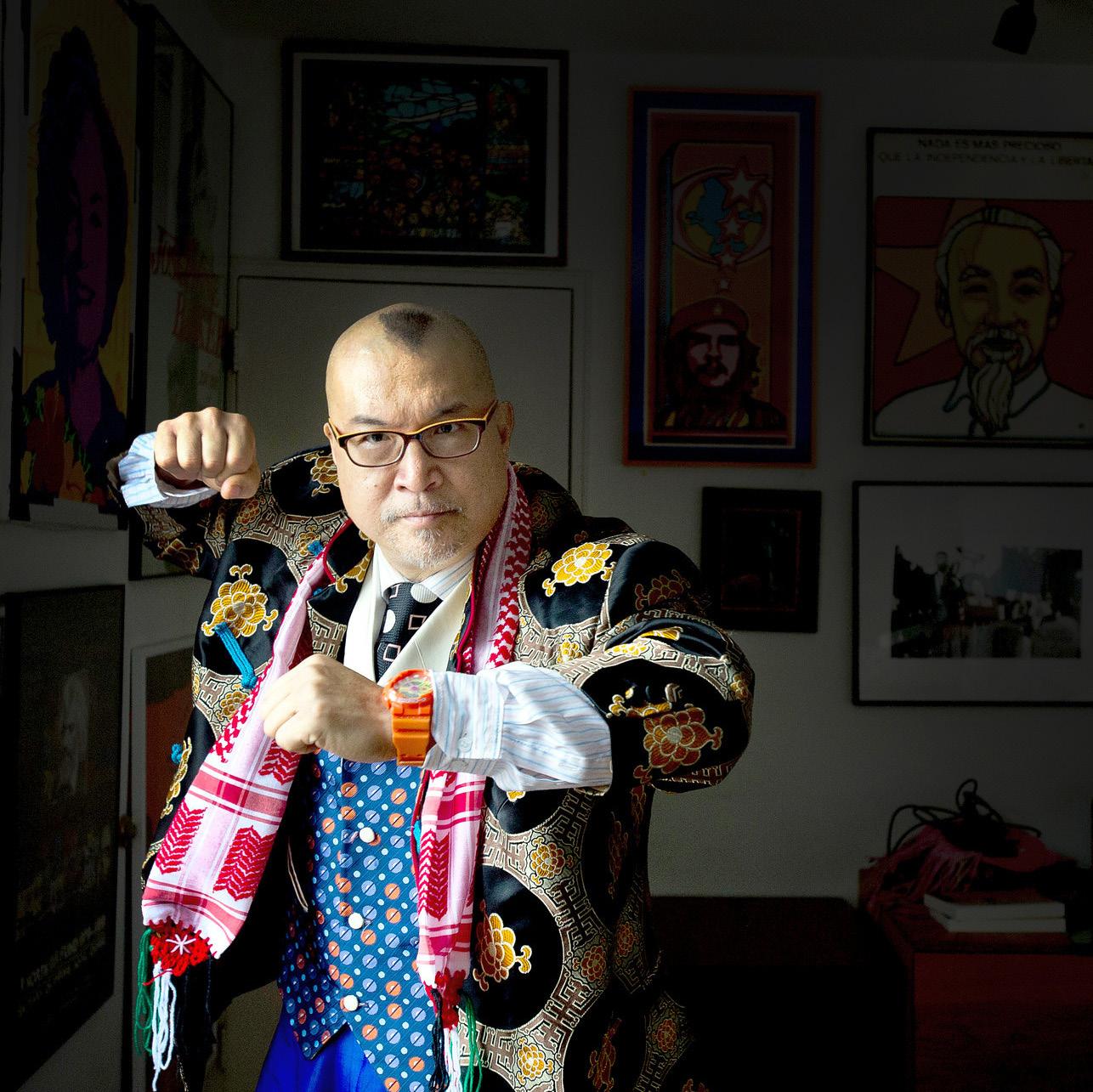
FRED HO
AbstractFred Ho was resolute, radical, a warrior, and above all else, an icon. He unapologetically spoke out against injustice and inspired others to do the same. Despite all the challenges he would face, his voice never waivered. Whether he was writing or making music, Fred Ho channeled his ideals into his work, never separating his art from politics. Many saw him as an avant-garde musician as many of his pieces were new, experimental ideas. Inspired by many political movements of his time, they fueled his passion and gave him a voice. As a creative, he saw it as his duty to convey his messages to the masses, opening minds, and setting the stage for conversation. It is important to immerse yourself in the work of Fred Ho as his messages address long lasting problems that plague not only this country, but the world. Many of his works tackle issues surrounding imperialism, racial identity, and imbalances of power.

TABLE OF CONTENTS
Introduction 1 Album Discography 7 Social Responsibility 14 Historical Background 4 Comparative Analysis 11 Sources 17 Storytelling Narrative 3 Timeline 9 Conclusion 15 Artistic/ Creative Approach 5 Inspirtion/ Drivers 13 Case Study 12 Colophon 18
INTRODUCTION
Fred Ho was a writer, playwright, activist, and master of the baritone saxophone. He sought to create a multicultural blend of “folk music elements from Asia and the Pacific Islands within a 20th-century African American context.” Through his music he wanted to convey ideals of anti-imperialism, respect, and equality between peoples.
Throughout his life, Ho was involved in various political movements and organizations which was reflected in his work. He wrote and published extensively on art and political practice and was heavily influenced by the Black Arts Movement.
1

2
STORYTELLING/ NARRATIVE
Fred Ho was no stranger to racism growing up as a Chinese American. The revolutionary movements against colonialism that occurred around the world during 1960’s and 1970’s, deeply influenced the development of his political ideologies. Ho gravitated towards Amiri Baraka and the Black Arts Movement, which in turn drew him into the politics of international socialism. These events helped shape him and gave him a voice to speak out against inequality through his creativity and art.

3
HISTORICAL BACKGROUND
Born in 1957, Fred Ho was a first generation Chinese American of two Chinese born parents. Originally, he was named Fred Wei-han Houn but as he grew, he would eventually change his name and become a writer, composer, activist, and master of the baritone saxophone. Ho considered himself an MarxistLeninist, claiming to have never separated his music from his activism. In 1979 he graduated Harvard University with a B.A. in sociology and was versed in martial arts.

4
ARTISTIC/ CREATIVE APPROACH
Fred Ho was known for thinking outside the box with his musical compositions and political beliefs, he was considered an avant garde musician as many of his pieces were new, experimental ideas. He was never afraid of approaching these topics and being bold in his work. His work made use of themes from across Asia, while simultaneously embracing rich sounds from Jazz music.
He promoted this blend of culture not only in his music, but in his everyday life as well. Ho proved to be talented with both the pen and the needle. As a tailor he, along with his orchestra, would sport traditional Chinese fabrics with African patterns and designs. He took this approach as he was a firm believer that politics and culture are deeply intertwined.
5
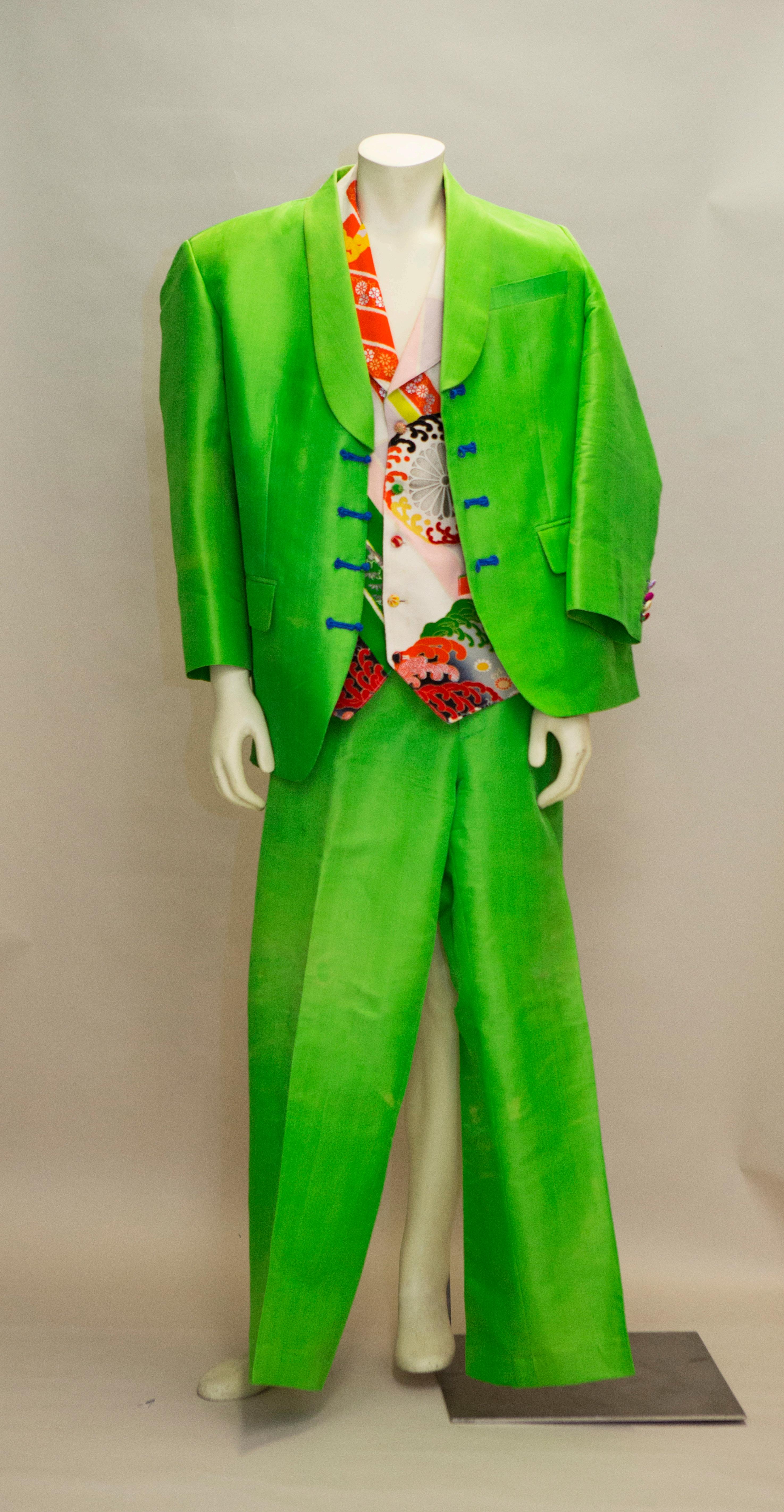

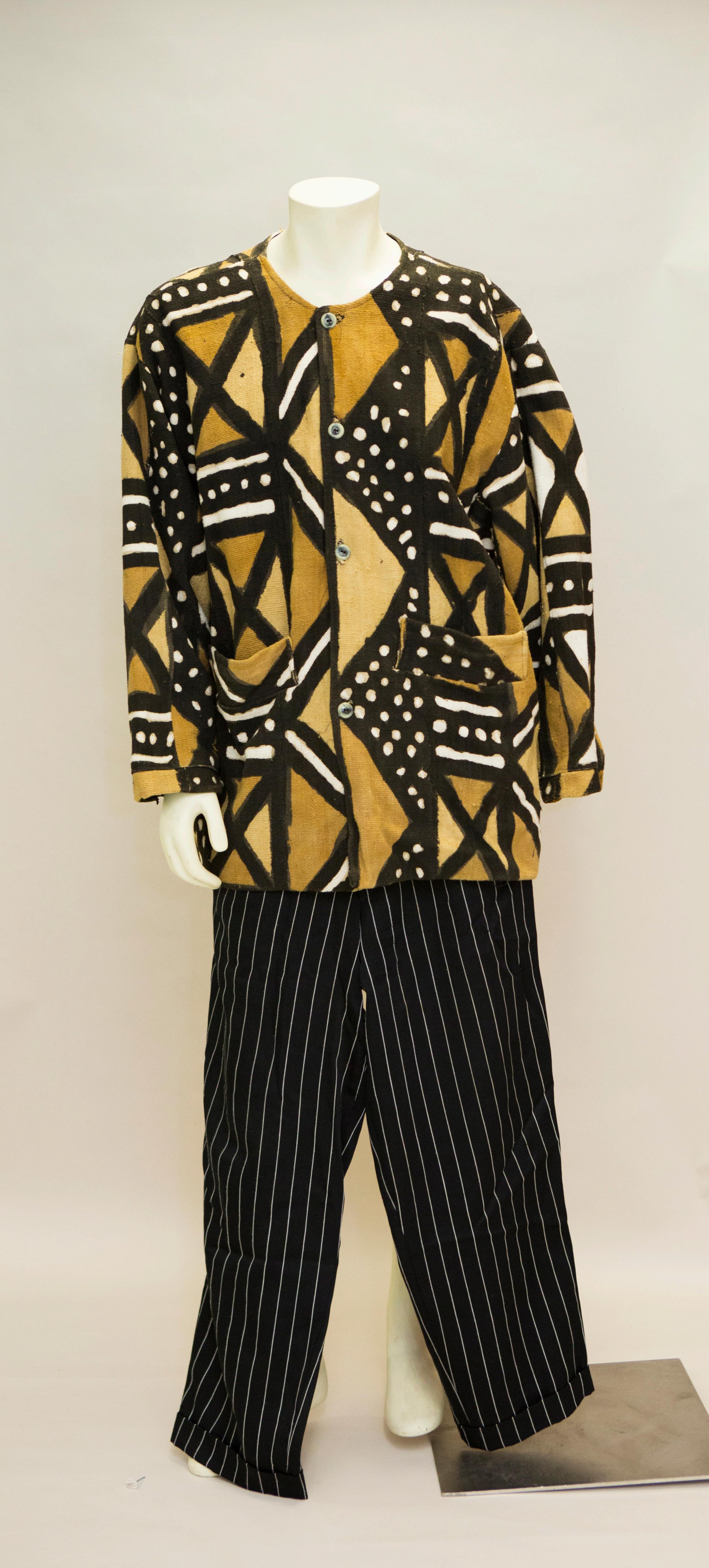
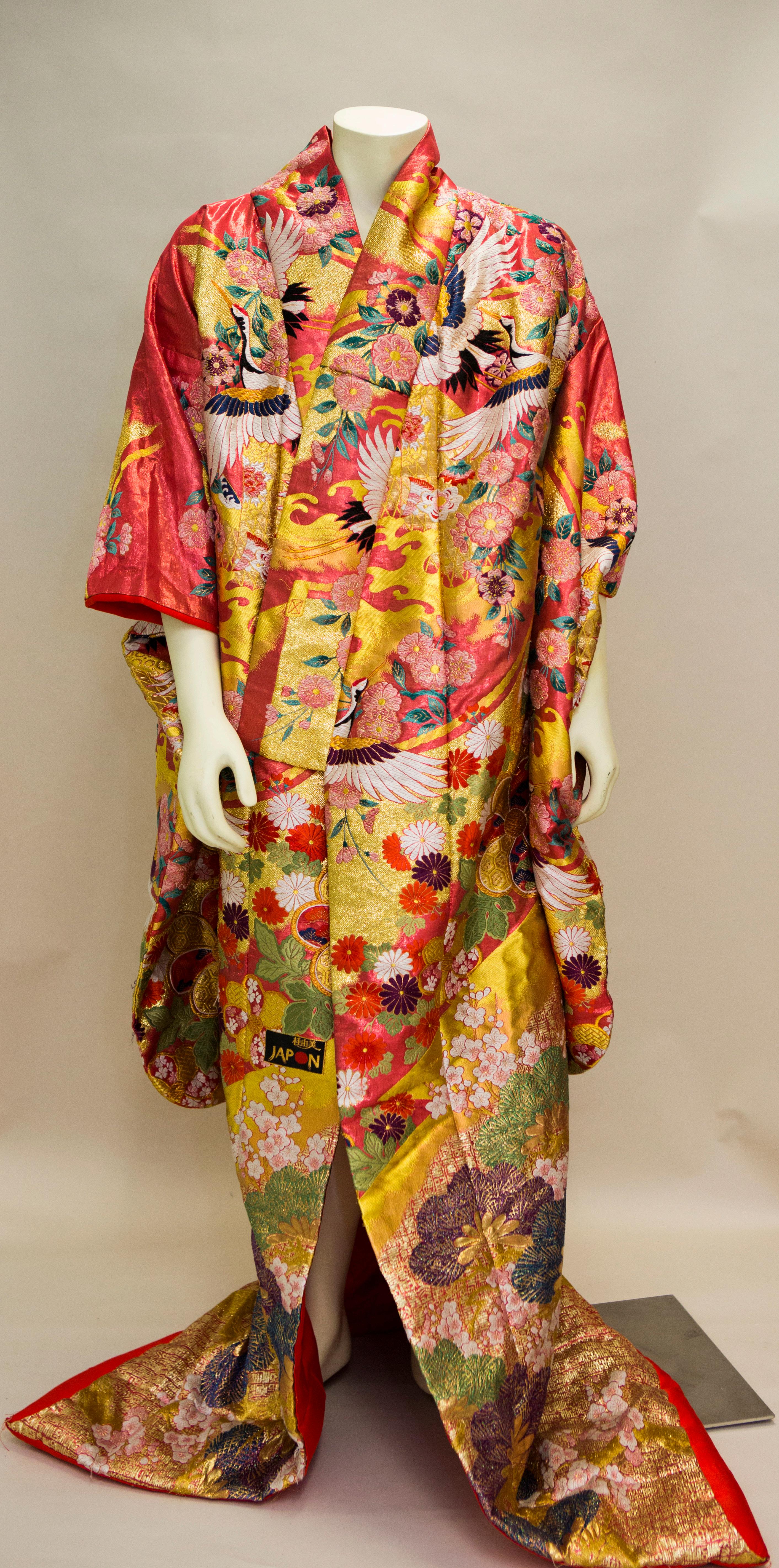
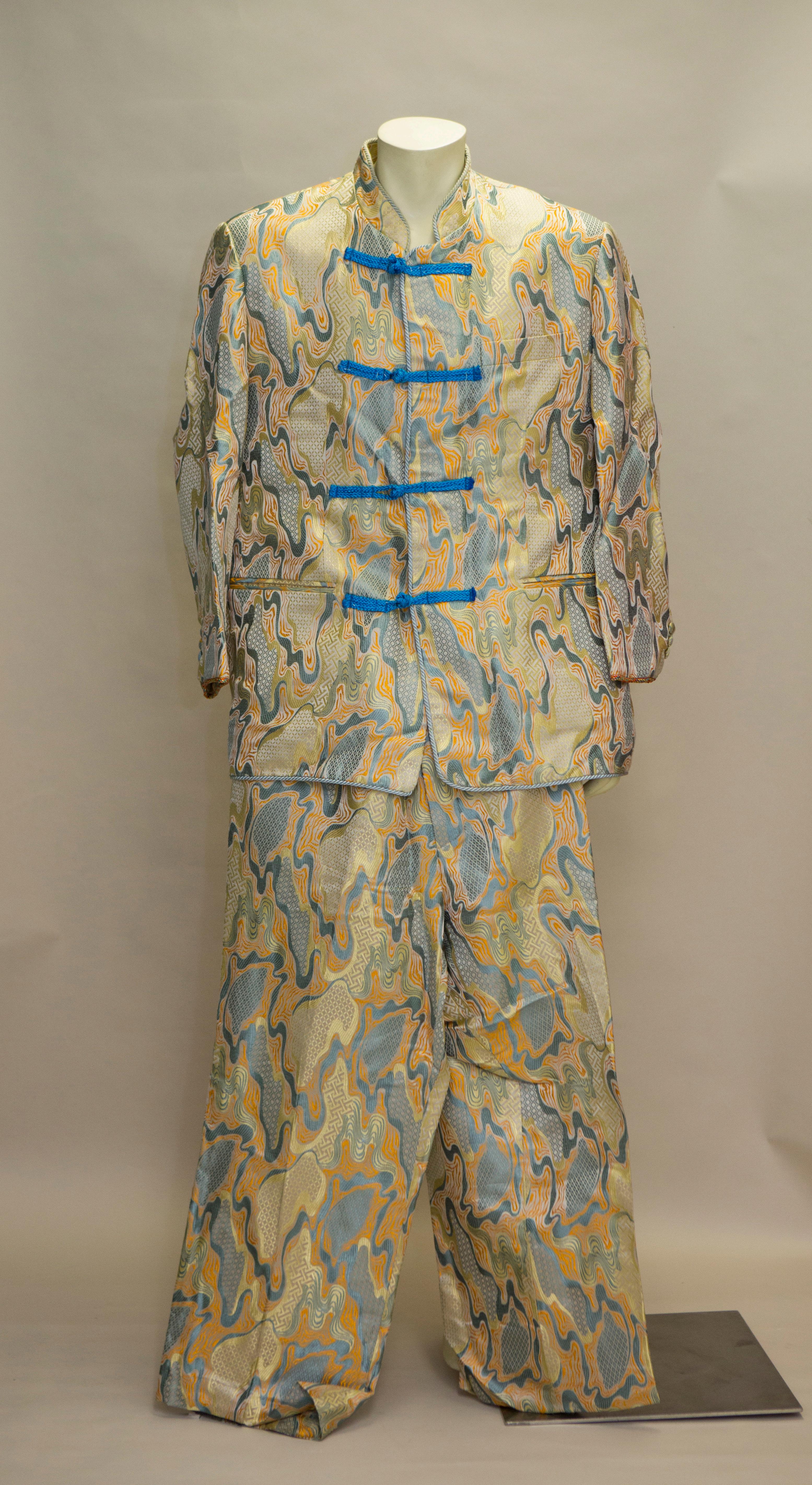
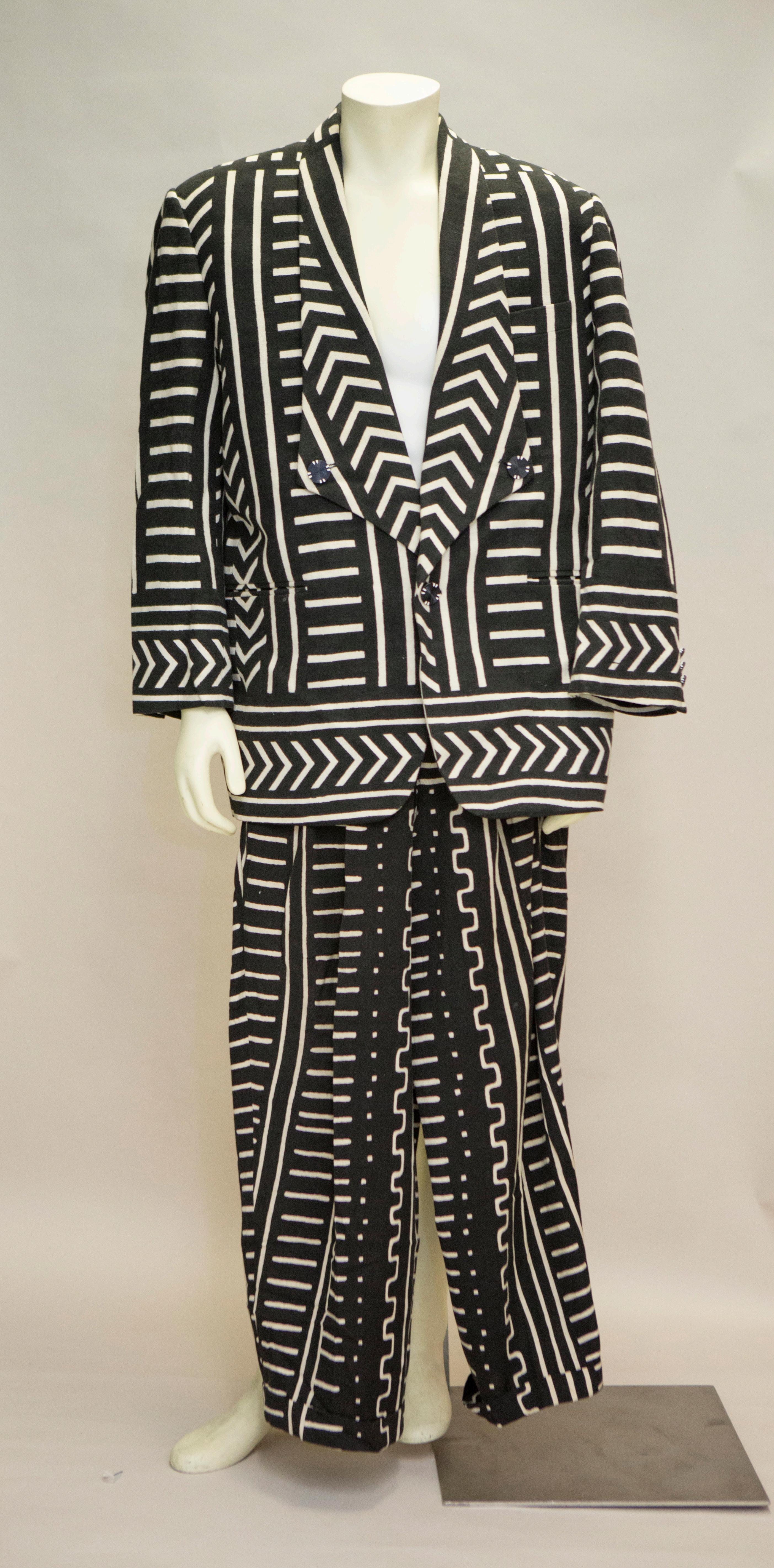
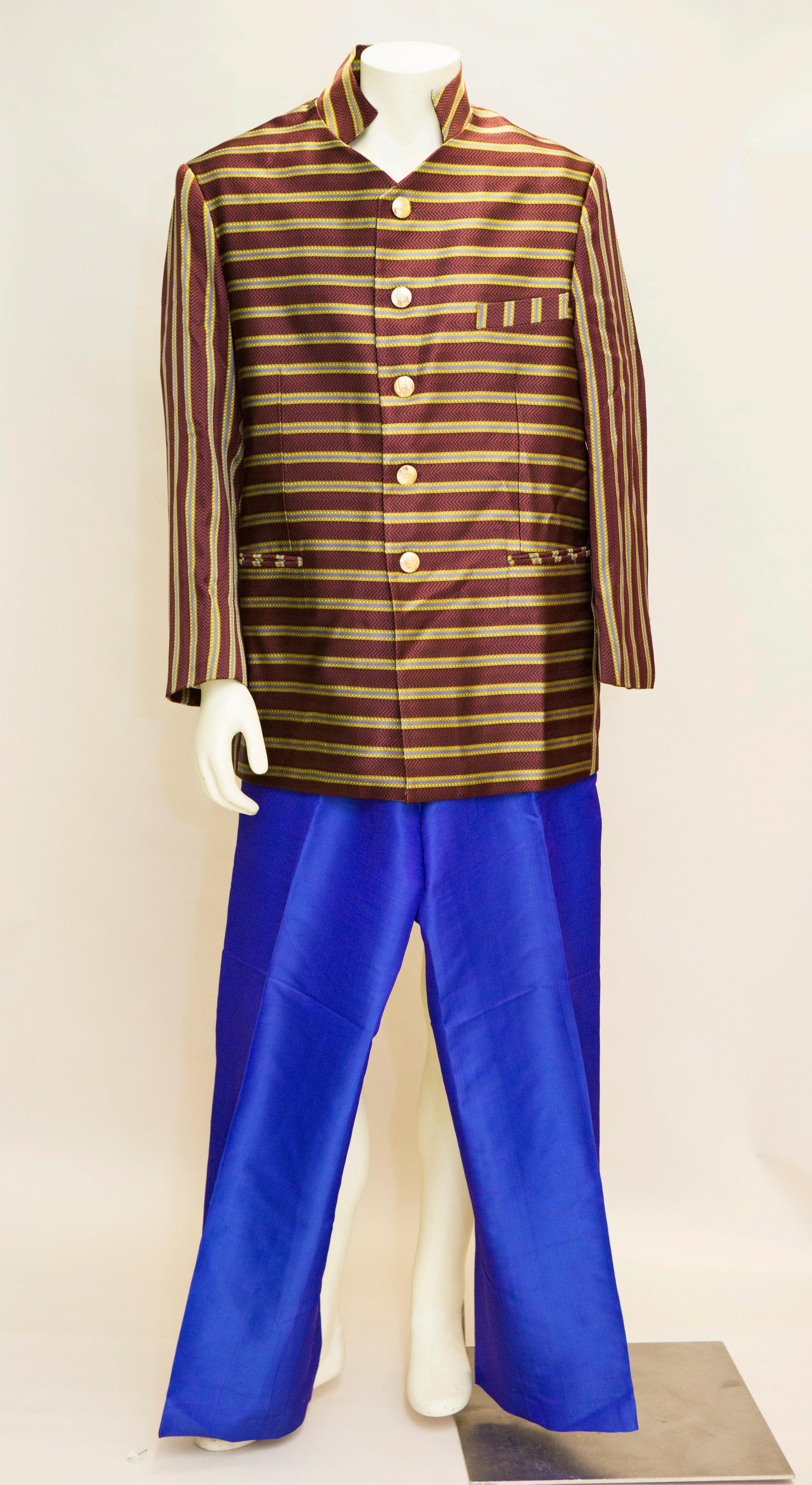
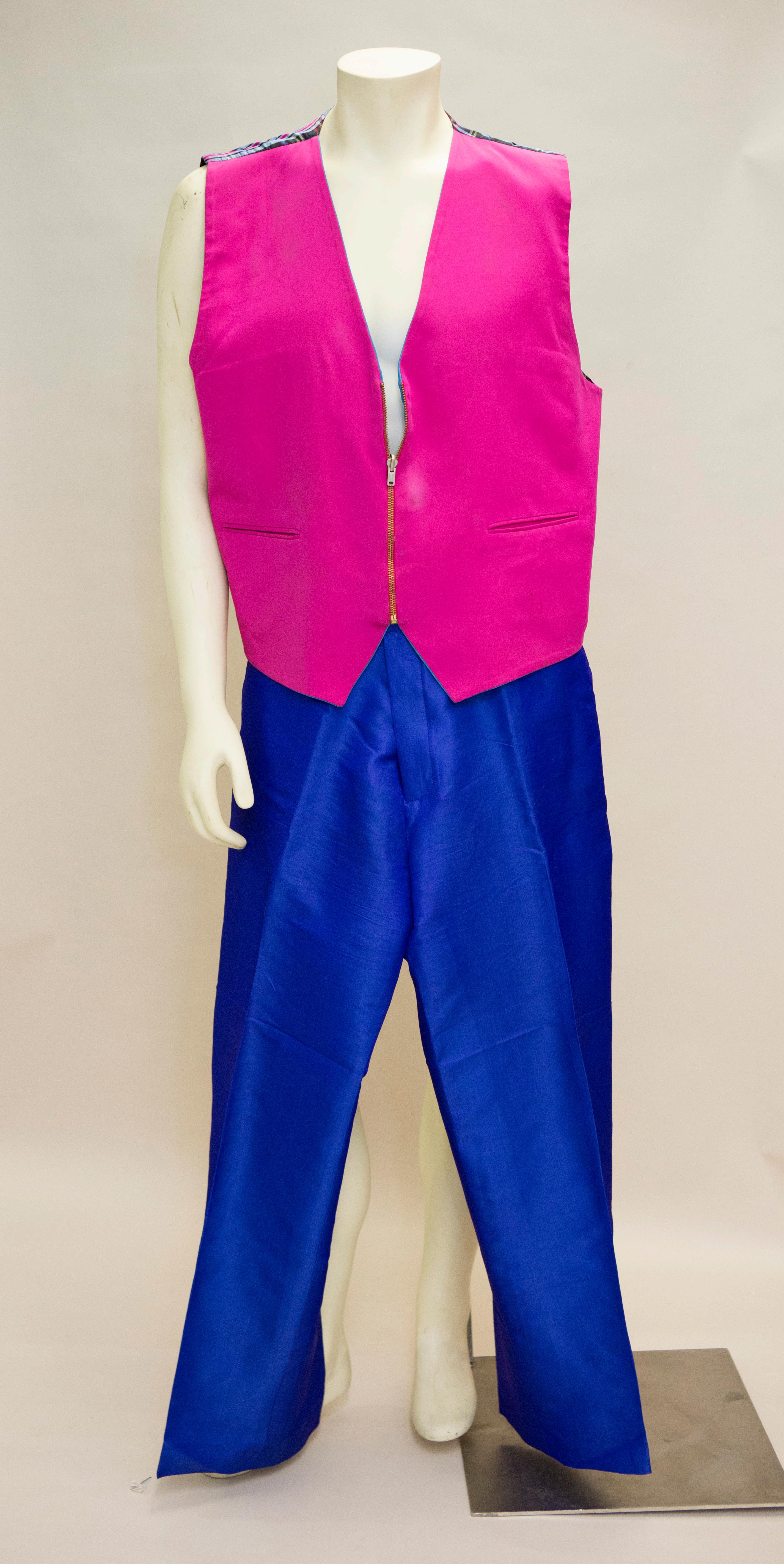
6
ALBUM DISCOGRAPHY
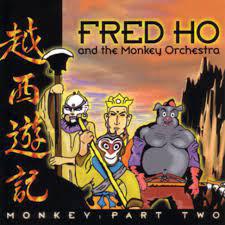
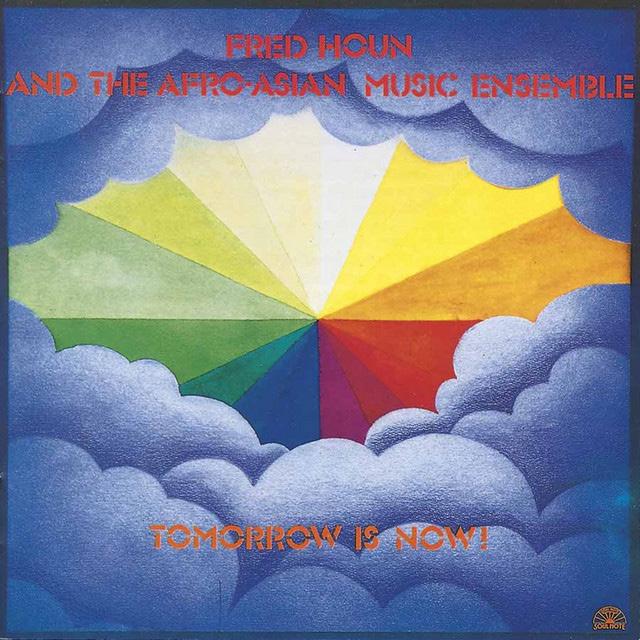
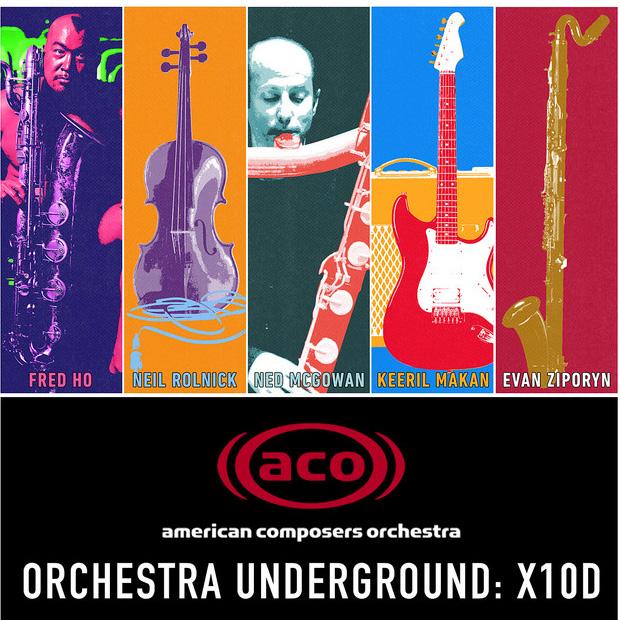
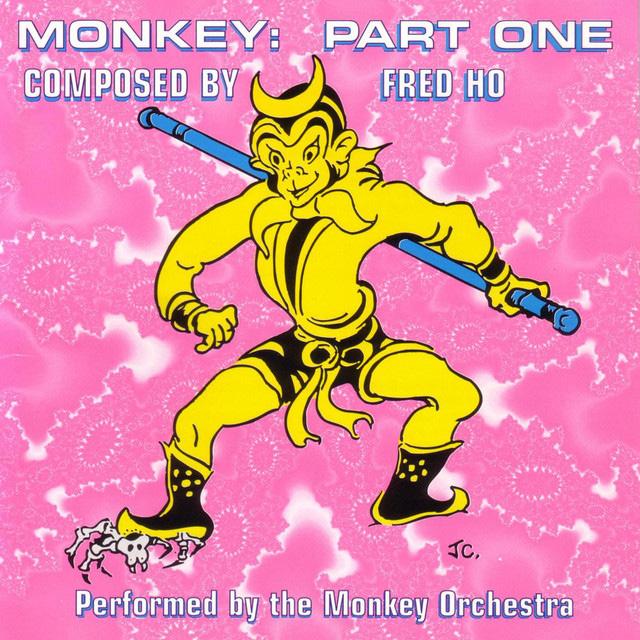
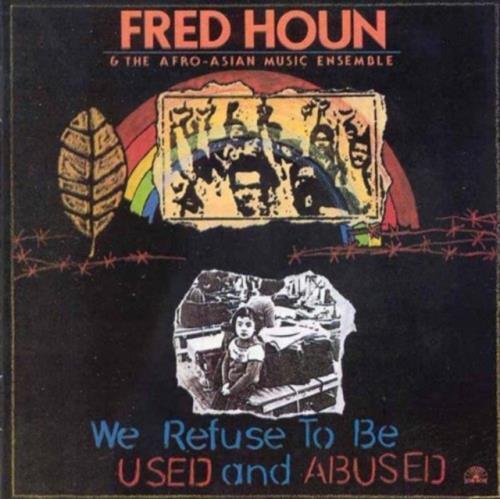
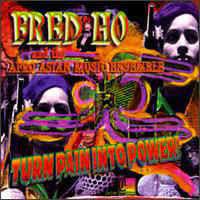
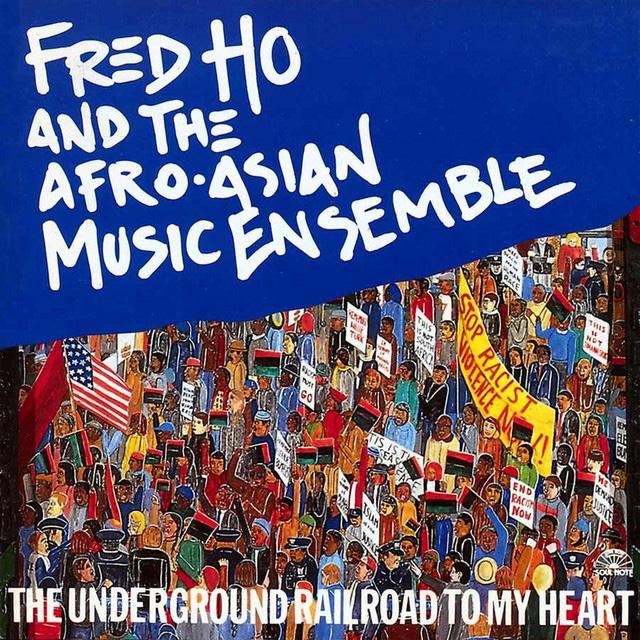
7
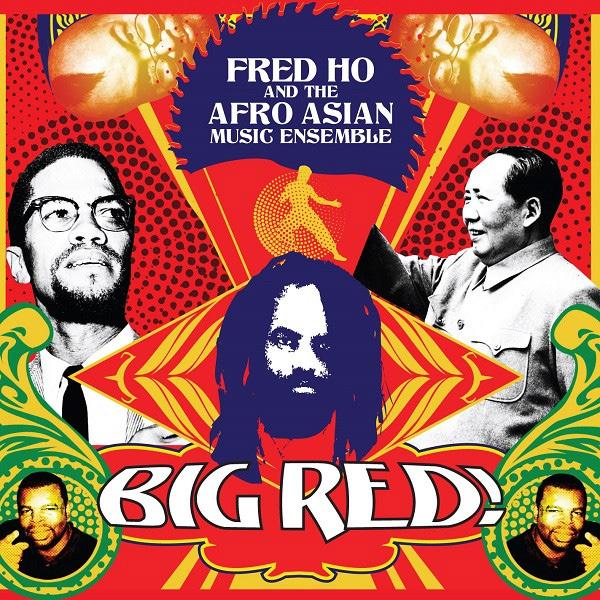
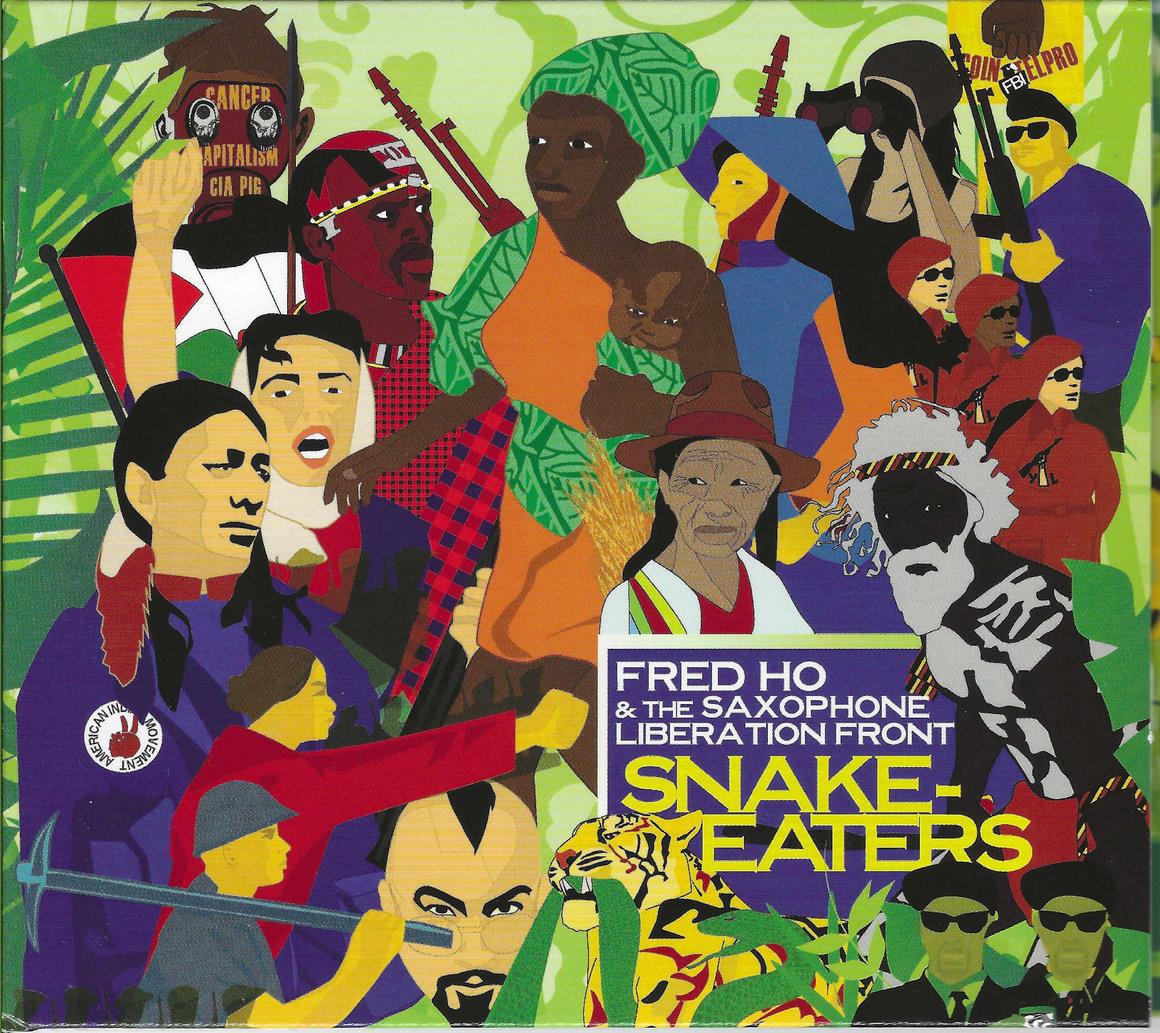
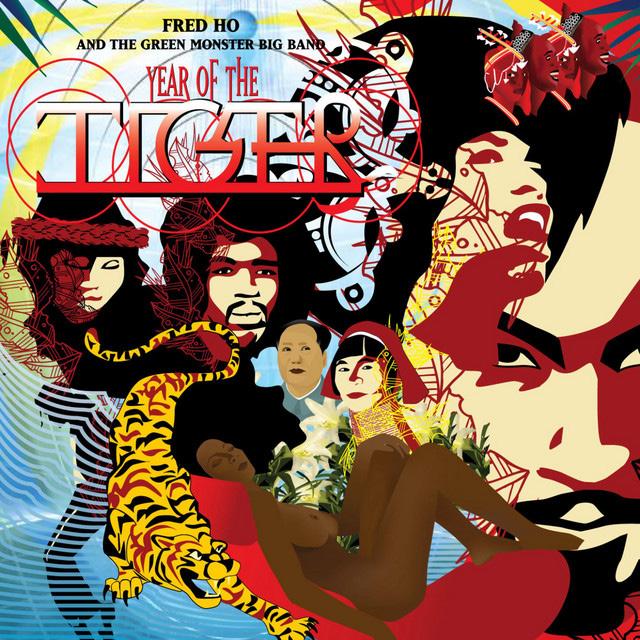
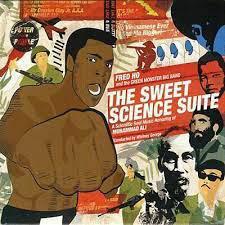
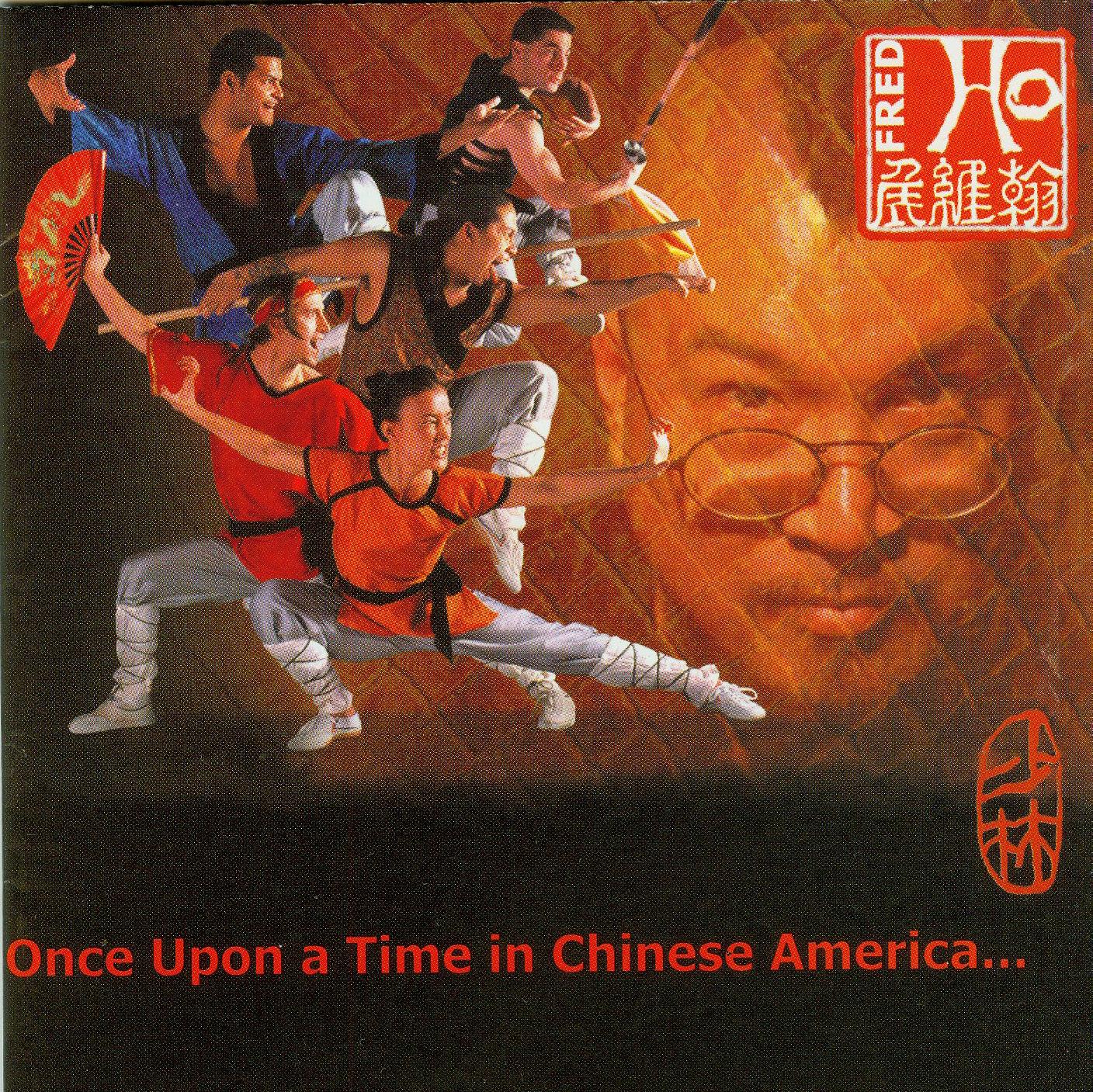
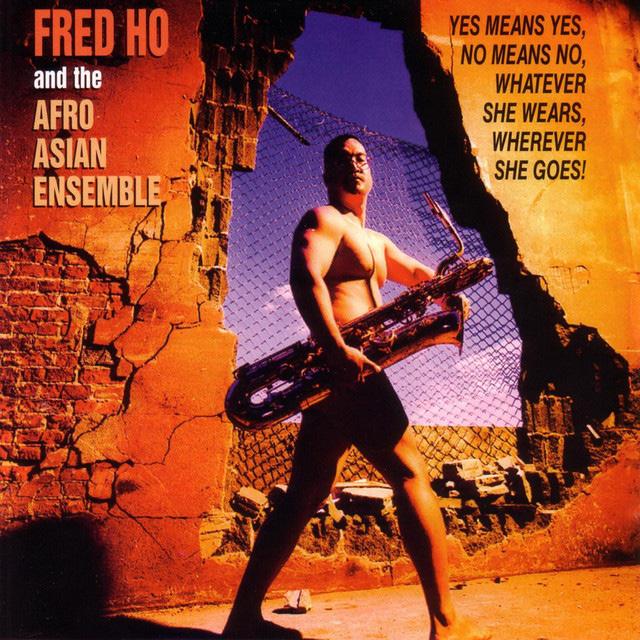
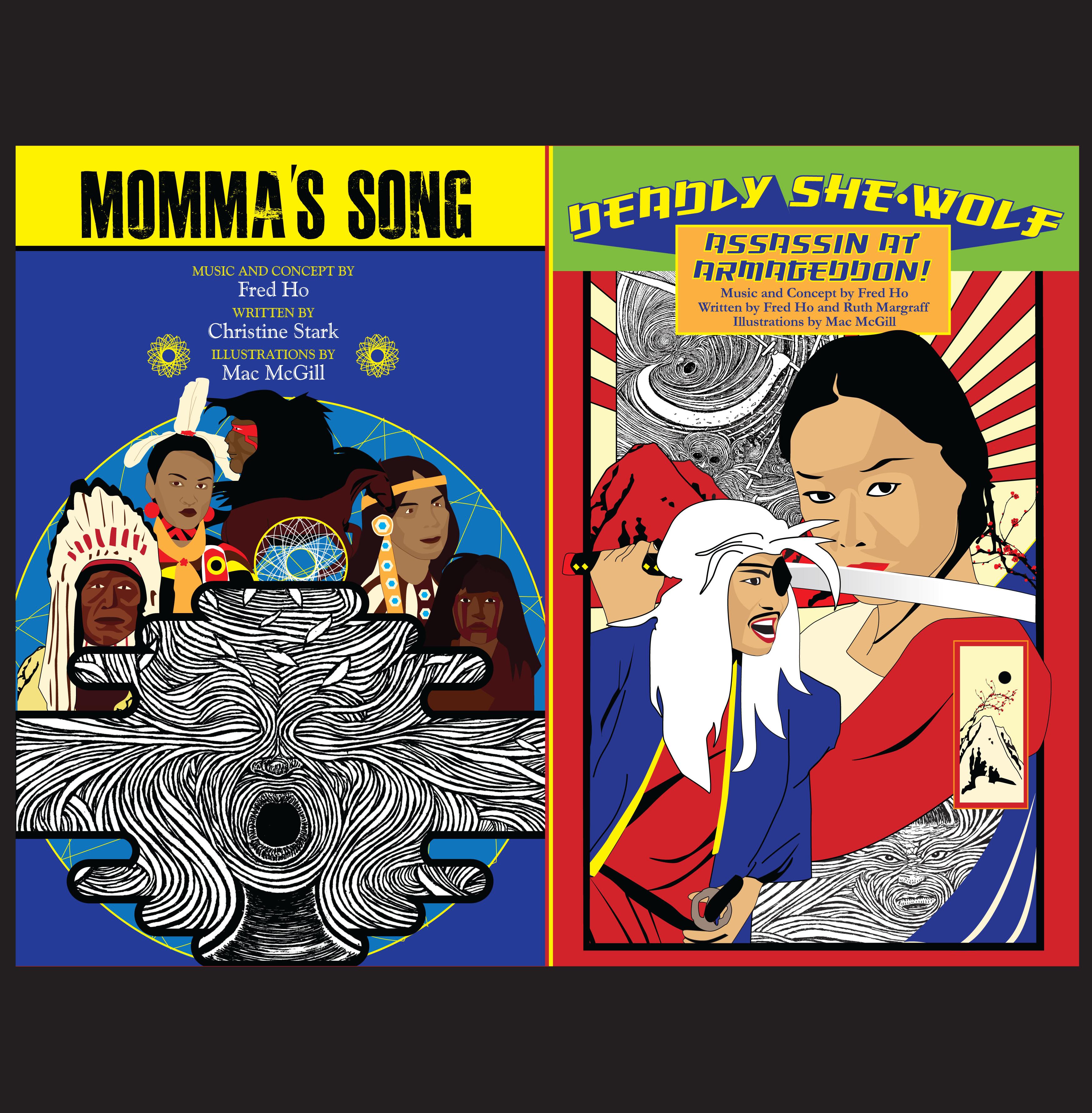
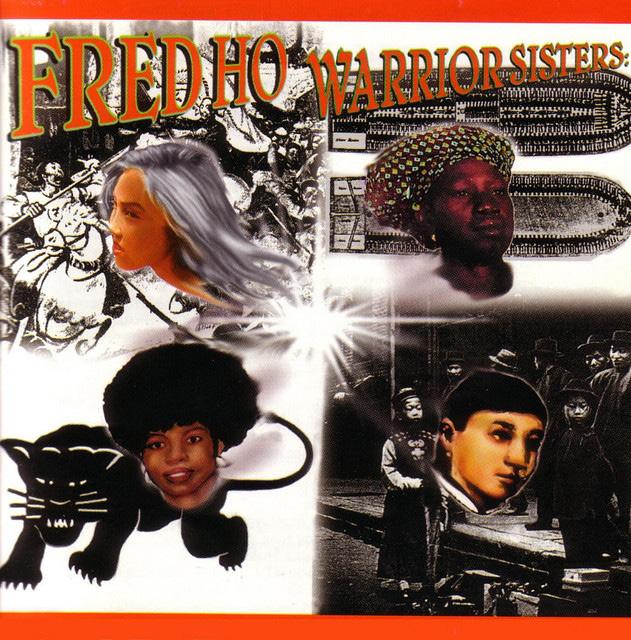
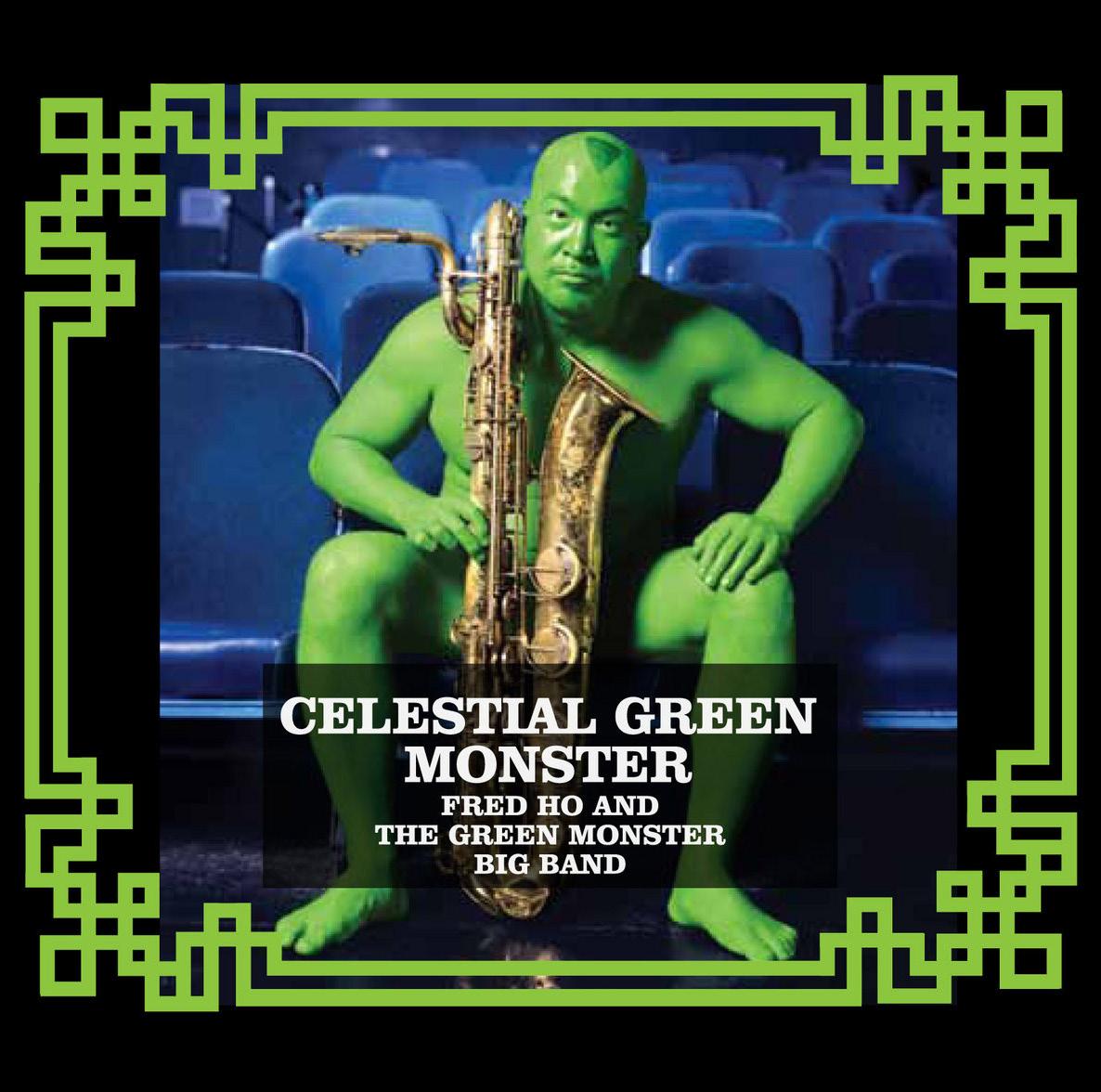
8
TIMELINE
Graduated from Harvard Univesity with a degree in sociology

First Introduction to theatrical works with a score he wrote for Genny Lim
1979 1986 1989
1957 1982 1988 1991
Born as Hou Weihan in 1957 to Chinese immigrant parents in Palo Alto California
Formed the Six Member Afro Asian Music Ensemble
First Asian American to win the Duke Ellington Distinguished Artist Lifetime Achievement Award
9 Wrote “Journey Beyond West Orchestra: The New Adventure of Monkey”
Performed opera, written Greene, Warrior The New Adventures African and Warriors
Was awarded the prestigious American Book Award for the anthology Sounding Off: Music as Subversion/ Resistance/Revolution
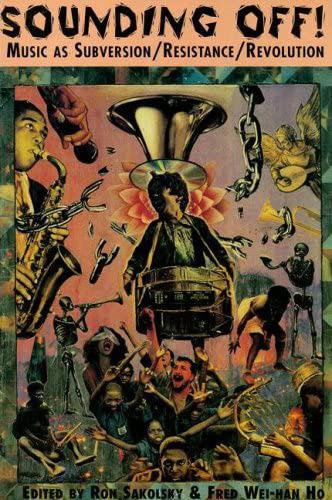
Wrote about W.E.B. Du Bois’s relationships with Asian leaders in his edited anthology Afro Asia: Revolutionary Political and Cultural Connections between African Americans and Asian Americans
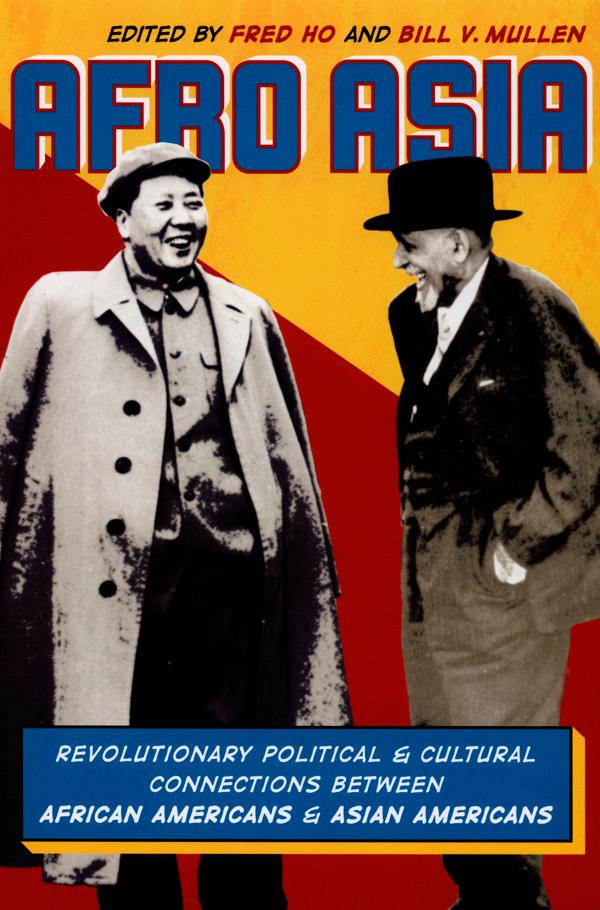
Won Guggenheim Foundation Music Composition Fellowship and Jazz Man of the Year by New York City Jazz Record
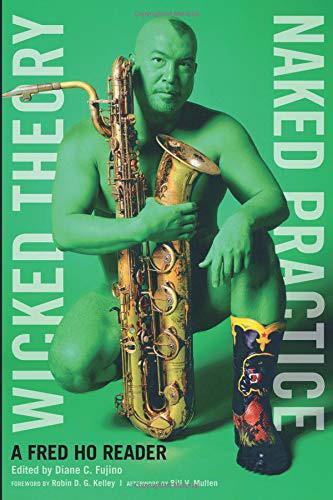
1996 2008 2011
Performed a large scale written with Ann T. Warrior Sisters: Adventures of and Asian Womyn
2000 2009 2014
Multi-media performance work, Power to the People: The Black Panther Suite
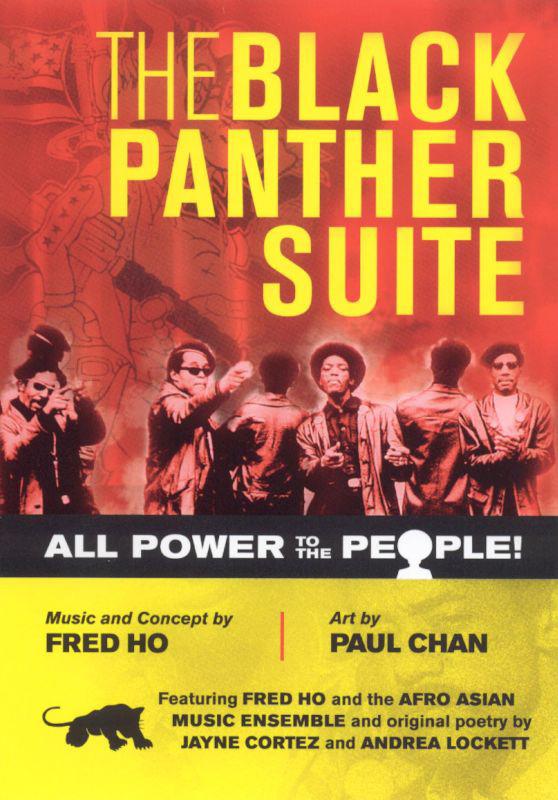
Wrote Wicked Theory, Naked Practice
Died from cancer at age 56 in Brooklyn, New York
10
COMPARATIVE ANALYSIS
It’s difficult to compare Fred Ho to anyone else as he was such a trailblazer in what he did. He helped to define what is now considered Afro Asian music by using his culture and lessons he had gained observing the great Jazz musicians that came before him. Despite this, the topics he covers are also touched on by many other artists. For example, the band Fever 333 has quite a few songs that tackle politically and socially conscious themes such as racism and sexism.

Their songs, “Made in America’’ and “Prey for Me” are good examples that talk about race relations and injustice in the way that Fred Ho did.

11
CASE STUDY
Sparked by the Black civil rights movement, there came an Asian American movement. In which there came a need to develop a distinct ChineseAmerican identity and to demand a rightful place for Chinese-Americans in the United States. Fred Ho sought to play his part in fulfilling this need and he did so by creating a new genre of music. He sought out artists with similar concerns and helped organize festivals and events that addressed the overly stereotyped and undervalued history of Asian Americans.

12
INSPIRATION/ DRIVERS
Fred Ho was driven by more than just political movements. Many poets and musicians like Sonia Sanchez and Duke Ellington played a major role in inspiring his work. Towards the end of his life, he actually credited his cancer as being a huge source of inspiration for him. He had stated that he viewed his cancer as a gift. Ho explained that “despite the physical losses, I was gifted with tremendous philosophical and creative gains.” Ho was able to find inspiration through the toughest of times and express it through his music. To be able to turn something as daunting as cancer into a muse is truly an incredible feat.

13
SOCIAL RESPONSIBILIY
As a creative, Ho saw it as his responsibility to inspire the masses. He believed that an artist’s job was to spread ideas and open minds through creative work. Much of Ho’s work focused on themes significant to him and his community. These include ideas of identity, racial relationships, and the conflicting forces of power.
Looking at Fred Ho’s work we are introduced to a complex perspective stemming from Afro-Asian culture, the Afro Asian Music Ensemble, and Ho’s writings. Together it opens our minds to ideas surrounding racial identity and politics. Through these works Fred Ho blatantly dismisses the idea that the US is a post-racial society, symiltaniously calling for people to find their voices and to speak out about the issues that plague this country.
14
CONCLUSION
Marxists tend to argue that one can only understand art when examined in relation to the conditions in which it was created. Knowing Fred Ho’s history and beliefs, it isn’t surprising that he was so passionate about his work and the messages he hoped to convey through it.
Though Fred Ho would never have any children of his own, he was known to create family through his music. His work left a lasting impact on many, all of which remember him as a powerful mentor and friend.

15

SOURCES
https://www.encyclopedia.com/education/newswires-white-papers-and-books/ho-fred
https://jazzbarisax.com/baritone-saxophonists/ avant-garde/fred-ho/
https://uminnpressblog.com/2011/09/21/fred-hoa-radical-extremely-creative-and-revolutionaryfigure/
http://awardsandwinners.com/winner/?name=fredho&mid=/m/09fljc
https://aaww.org/fred-ho-radical-imaginationdiane-fujino/
https://jazztimes.com/artists/fred-ho/
https://www.marxists.org/history/erol/ncm-5/ remembering-ho.pdf
17
COLOPHON
Software: Adobe InDesign for page layout, Adobe Illustrator for pattern creation, Adobe Photoshop for Images, Google search engine for Photos
Typefaces: Rig Solid Bold Inline for cover page, Rig Solid Bold Reverse for headers and page numbers, Objektiv Mk1 Regular for body text
Hex colors: #e9651e - orange, #fae9cf - nude
Printer: CTRL P, SFSU Campus
18
 Alicia Montoya
Anton Visola
300 Design Process
Professor Gomes San Francisco State University
Fall 2022
Alicia Montoya
Anton Visola
300 Design Process
Professor Gomes San Francisco State University
Fall 2022
•
DES
•
•









































 Alicia Montoya
Anton Visola
300 Design Process
Professor Gomes San Francisco State University
Fall 2022
Alicia Montoya
Anton Visola
300 Design Process
Professor Gomes San Francisco State University
Fall 2022
